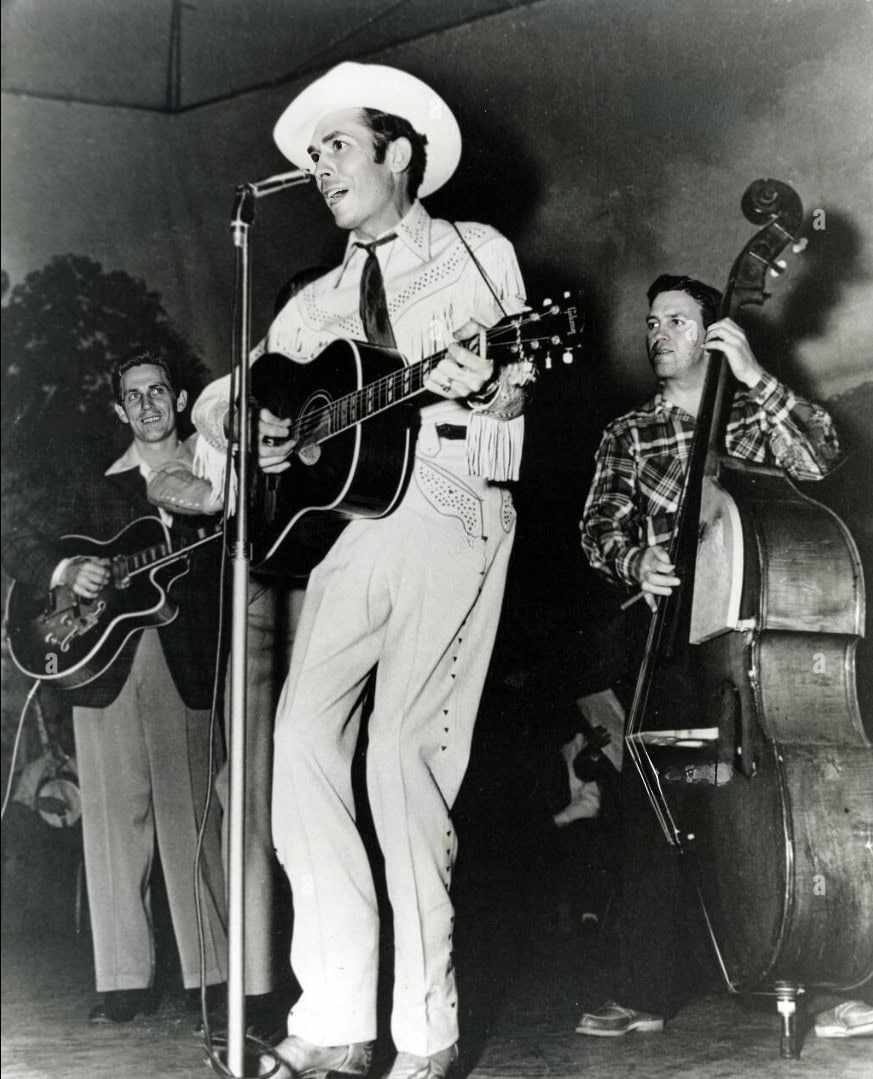
Hank Williams’ “(I’m So Lonesome I Could Cry)” stands as a cornerstone of country music, a timeless lament that transcends generations. Released in 1949, the song solidified Williams’ position as a leading figure in the genre, a troubled genius whose brief but impactful career left an indelible mark on American music. Born Hiram King Williams in 1923 in Mount Olive, Alabama, Hank, as he became known, rose to fame with his raw, honest songwriting and emotive vocals, reflecting the hardships and joys of life with stark realism.
Williams was inducted into the Country Music Hall of Fame in 1961, recognizing his immense contribution to the genre. While “(I’m So Lonesome I Could Cry)” didn’t top the Billboard charts upon its initial release, it resonated deeply with listeners and continues to be praised for its artistic merit and historical significance.
The song’s profound impact stems from its exploration of profound loneliness and heartache. With vivid imagery depicting a mournful whippoorwill and a weeping willow, Williams paints a melancholic landscape reflecting the narrator’s inner turmoil. The lyrics, simple yet powerful, capture the raw ache of lost love and the crippling despair of solitude. The song’s meaning resonates universally with anyone who has experienced heartbreak, capturing the profound sense of isolation that can accompany profound loss.
“(I’m So Lonesome I Could Cry)” was met with widespread acclaim for its poignant lyrics and Williams’ heartfelt delivery. Listeners connected with the song’s raw emotion and the authentic portrayal of human vulnerability. The song continues to be covered by artists across various genres, a testament to its enduring power and universal appeal. It is considered a masterpiece of country music, a timeless expression of human emotion that continues to touch hearts and resonate with audiences worldwide.